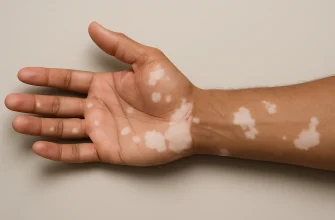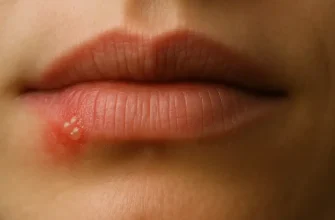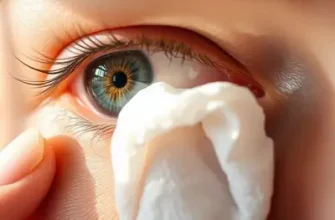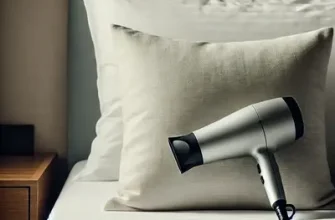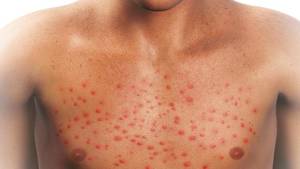Ingrown pubic hairs are not only irritating but can also be painful and potentially lead to infections if not treated properly. So, what exactly is an ingrown hair, and how can you effectively manage and prevent it?
Percentage of People with Ingrown Hair Problems
What Causes Ingrown Pubic Hair?
Ingrown hairs occur when a hair curls back or grows sideways into the skin. This can happen for several reasons:
- Shaving too closely
- Tight clothing that irritates the skin
- Improper waxing techniques
- Naturally curly or coarse hair that tends to bend inward
Frequency of Causes for Ingrown Pubic Hair
Recognizing the Symptoms
Before treating ingrown hairs, it’s important to recognize the signs:
- Red, inflamed bumps that often feel warm to the touch
- Pain or tenderness in the area, which may worsen with friction or tight clothing
- Pus-filled lesions that can sometimes resemble small boils, especially if the hair becomes infected
- Itchy or irritated skin that might appear flaky or overly sensitive
- Darkened patches or hyperpigmentation around the affected area, which can occur as the skin heals
- A visible hair trapped under the skin, which may curl or look like a dark spot beneath the surface
If these symptoms are accompanied by severe pain, swelling, or infection, consult a healthcare professional for proper treatment.
6 Ways to Treat Ingrown Pubic Hair Safely
1. Exfoliate the Affected Area
Exfoliation is one of the simplest ways to treat and prevent ingrown hairs. Gently exfoliate the skin 2–3 times a week to remove dead skin cells that might trap the hair.
- Use a mild sugar scrub or a soft exfoliating glove.
- Avoid harsh scrubbing, as it can worsen irritation.
Did you know? According to dermatologists, exfoliating regularly can reduce the risk of ingrown hairs by up to 60% (source: AAD).
2. Warm Compress to Loosen the Hair
Applying a warm compress softens the skin and brings the ingrown hair closer to the surface.
- Soak a clean cloth in warm water.
- Hold it against the affected area for 5–10 minutes.
- Repeat this process several times a day.
The warmth reduces inflammation and makes it easier to release the trapped hair.
3. Use Tweezers Carefully
Once the hair is visible on the skin’s surface:
- Sterilize a pair of tweezers with rubbing alcohol.
- Gently pull the hair out without digging into the skin.
- Avoid forcing it out if it’s deeply embedded, as this can cause scarring.
Important: While tweezing can help release trapped hairs, repeatedly pulling hairs out (such as through waxing or plucking) can increase irritation and the likelihood of ingrown hairs. Shaving, when done correctly, is a safer and healthier option for removing pubic hair.
4. Apply a Topical Solution
To soothe irritation and prevent infection, apply over-the-counter products such as:
- Salicylic acid or glycolic acid (helps exfoliate and clear pores)
- Tea tree oil (natural antibacterial and anti-inflammatory)
- Hydrocortisone cream (reduces redness and swelling)
Tip: Choose alcohol-free solutions to avoid drying out sensitive skin.
5. Avoid Shaving or Waxing Temporarily
If ingrown hairs persist, stop hair removal methods like shaving or waxing for a while. This allows the skin to heal and prevents further irritation.
- If you must remove hair, consider trimming instead of shaving.
- Opt for methods like laser hair removal, which reduces hair growth over time.
Why Shaving Is Better Than Waxing: Waxing and plucking can traumatize the hair follicle, increasing the risk of ingrown hairs and infections. Shaving with proper techniques reduces irritation and is safer for sensitive skin.
6. Keep the Area Clean and Moisturized
Maintaining good hygiene is key to preventing infections and speeding up healing.
- Wash the area gently with a mild, unscented soap.
- Apply a soothing, fragrance-free moisturizer.
- Wear breathable, loose-fitting clothing to reduce friction.
Effectiveness of Treatments for Ingrown Pubic Hair
| Treatment Method | Effectiveness (%) |
|---|---|
| Exfoliation | 85% |
| Warm Compress | 75% |
| Topical Solutions | 70% |
| Laser Hair Removal | 90% |
| Hydrocortisone Cream | 65% |
Prevention Tips for Ingrown Pubic Hair
Treating ingrown hairs is only half the battle. Here are steps to prevent them from recurring:
1. Shave the Right Way
If you prefer shaving, follow these steps:
- Use a sharp, clean razor.
- Shave in the direction of hair growth.
- Avoid pulling the skin too tightly.
- Apply a soothing post-shave lotion to calm the skin.
Shaving vs. Waxing: Shaving causes less trauma to the skin compared to waxing or plucking. While waxing may offer longer-lasting results, it increases the chances of irritation and ingrown hairs, especially in sensitive areas like the pubic region.
2. Opt for Alternative Hair Removal Methods
Consider alternative options that reduce the risk of ingrown hairs:
- Laser hair removal (permanent reduction in hair growth)
- Electric trimmers (cut hair without irritation)
- Depilatory creams (chemical solutions that dissolve hair)
3. Wear Loose Clothing
Tight clothing can press hairs against the skin and cause irritation. Stick to breathable materials like cotton to allow airflow and minimize friction.
When to Seek Medical Help
While most ingrown hairs resolve with home care, some cases require medical attention. Seek help if you experience:
- Persistent redness, swelling, or pain
- Signs of infection (pus, fever, or worsening inflammation)
- Scarring or darkened skin around the area
A dermatologist can prescribe stronger treatments, such as antibiotics or retinoids, to manage severe cases.
Editorial Advice
Ingrown pubic hairs can be bothersome, but with the right care and prevention techniques, they are entirely manageable. Regular exfoliation, proper shaving practices, and choosing suitable hair removal methods can keep ingrown hairs at bay. Remember, shaving rather than plucking or waxing is safer for your skin and reduces the risk of irritation and infections. If home treatments don’t work or the condition worsens, don’t hesitate to consult a professional—your comfort and skin health are worth it!
Consequences of Untreated Ingrown Pubic Hair
| Consequence | Severity (%) |
|---|---|
| Inflammation and Redness | 80% |
| Pus-filled Infections | 65% |
| Scarring and Dark Spots | 50% |
| Abscess Formation | 40% |
| Cellulitis (Skin Infection) | 30% |


